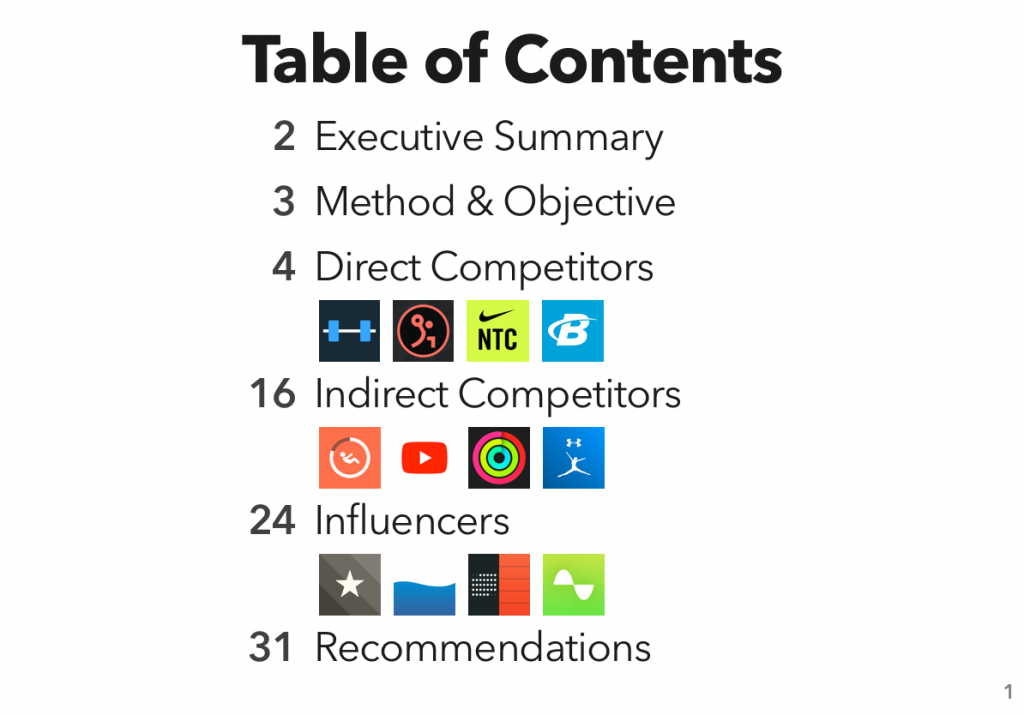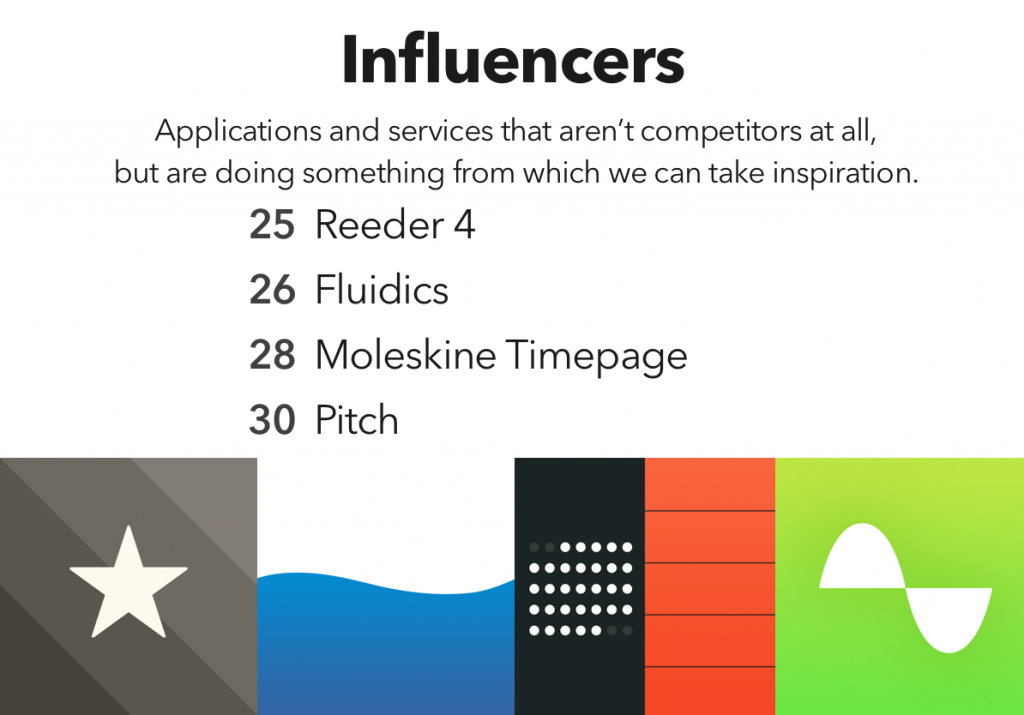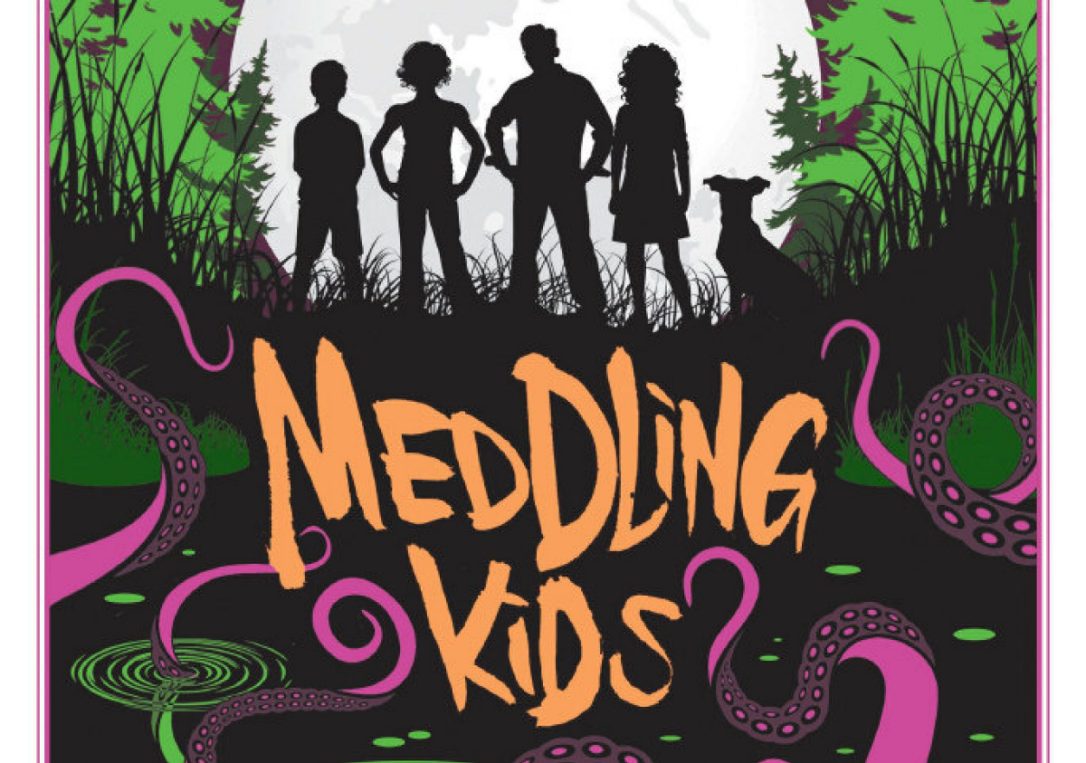Eileen Welsome
I’m not sure what it says about me that all of my nonfiction reading is about the Cold War, but here we are again.
The funny thing about this book — and there isn’t much of that, because it’s a detailed account of some truly horrible things — is what did and didn’t stick in my mind. A lot of the book was about trying to humanize the victims of the experiments, and that aspect didn’t really land for me. The actual experiments, what was done, did stick, to a degree; having just finished my read, the ones I most remember are the prison experiments in Oregon and Washington, the radioactive iron supplements at Vanderbilt, a bit about the total-body irradiation experiments, and, of course, the titular plutonium trials. Some of the accidents also stood out to me — there’s a discussion of a man who took a plutonium criticality to the face, and the summary of how thoroughly screwed you are by that is that, when he threw up on the floor of the hospital an hour or two later, after they’d cleaned the floor, they had to get out a geiger counter to check if it was safe for anyone to walk there. (He didn’t survive; to add insult to horrible injury, his body was then parceled out to labs around the country, without the permission or knowledge of his next of kin.)
There were also a couple figures, dropped in as part of an anecdote in the portion of the book about the pilots who flew planes through mushroom clouds to measure their effects, that lodged in my head pretty effectively.
The first set of tests after WWII ended were called Operation Crossroads. The second of these was an underwater detonation; I’ve heard the story before that, during the explosion, a Japanese battleship was thrown — 30,000 tons of metal, launched out of the water. (I’ve been trying to confirm this story in writing this, but haven’t found any clear evidence either way, so I’m going to call it apocryphal and move on.)
This story, though, was from the Castle series, Castle Bravo, the first thermonuclear weapon test. 15 megatons of TNT; while it wasn’t a useable weapon — the device was the size of a small building, and had to be constructed in-place on the ‘target’ island — it was mind-boggling in scale. Because, 15 megatons of TNT, that’s… a number. But what the book described was a 20-mile-wide column of water and mud, 45,000 feet tall. Again, mind-boggling in scale, but slightly easier to conceptualize; just imagine a mountain, and then… make it taller.
The figure that truly got to me, though, was the statement that it took hours for the water and mud to finish falling back into the ocean. Hours.
These nuclear tests were also so bright that test animals, 350 miles away, got retinal burns from looking directly at it.
It’s a scale of destruction that I can’t fit in my mind. Humans aren’t equipped to think about this sort of thing.
And it’s not the scariest part, is the thing. Sure, you can erase a city in the blink of an eye.
This is where the book shines: it’s about the radiation, and just how scary and insidious it is. I’ve mentioned before that people aren’t afraid enough of nuclear war; at risk of sounding like a broken record, I’ll say it again. Write your Congresspeople, and advocate for disarmament, everyone.




































